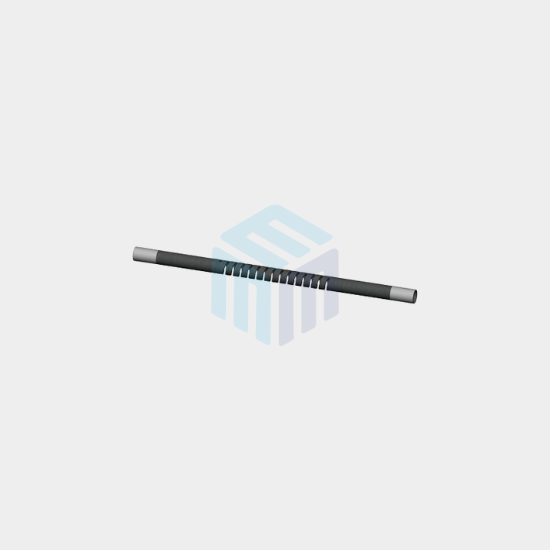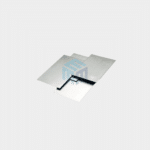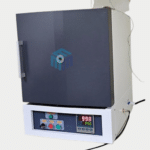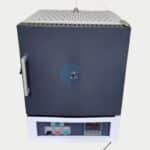Choosing between Molybdenum Disilicide (MoSi2) and Silicon Carbide (SiC) heating elements relies on various factors, including the unique demands of your application. Here are some considerations to guide your decision-making:
Temperature Range:
- MoSi2 heating elements are suitable for temperatures up to approximately 1,800°C (3,272°F).
- SiC heating elements can endure even higher temperatures, typically up to 2,000°C (3,632°F), and in some instances, even higher.
Operating Environment:
- MoSi2 elements are more prone to oxidation in high-temperature air or oxygen environments. While they can form a protective SiO2 layer, degradation over time is possible.
- SiC elements exhibit greater oxidation resistance and perform well in oxidizing atmospheres, making them suitable for applications where air or oxygen exposure is anticipated.
Atmosphere:
- Consider the furnace atmosphere. SiC elements are versatile and can function in air, inert gases, and vacuum, while MoSi2 elements may be better suited for inert or reducing atmospheres.
Temperature Control:
- MoSi2 elements possess lower thermal mass and are often preferred for applications requiring rapid temperature changes and precise temperature control.
- SiC elements also offer good temperature control but have slightly higher thermal mass.
Energy Efficiency:
- Both MoSi2 and SiC elements emit radiant heat, offering efficient direct heating. However, the choice may hinge on your furnace design and control system.
Maintenance:
- Both types generally require low maintenance. MoSi2 elements may need more attention to safeguard against oxidation in specific atmospheres.
Heating Element Lifespan:
- MoSi2 elements are renowned for their long lifespan and stability but may degrade faster in oxygen-rich environments.
- SiC elements also boast a long lifespan and superior oxidation resistance, making them suitable for diverse applications.
Application-Specific Requirements:
- Consider your application’s specific needs, such as processed materials, desired heating rate, heating uniformity, and furnace environmental conditions.
Budget:
- Cost considerations may influence your decision. MoSi2 elements are generally more cost-effective, while SiC elements may entail a higher upfront investment.
Expertise and Support:
- Assess the availability of technical support and expertise for installing and maintaining MoSi2 or SiC elements, as this can impact your decision.
In conclusion, select between Molybdenum Disilicide (MoSi2) and Silicon Carbide (SiC) heating elements based on your furnace requirements and operating conditions. Consider factors like temperature range, atmosphere, oxidation resistance, temperature control, energy efficiency, maintenance, and budget. Consulting with a heating element manufacturer or specialist can also aid in determining the optimal choice for your application.
M-Kube Enterprise is an Indian company catering customized laboratory products, laboratory consumables, and laboratory solutions in India, Australia, New Zealand, Singapore, Malaysia, South Korea, USA, Dubai, Philippines, Indonesia, and Vietnam.






